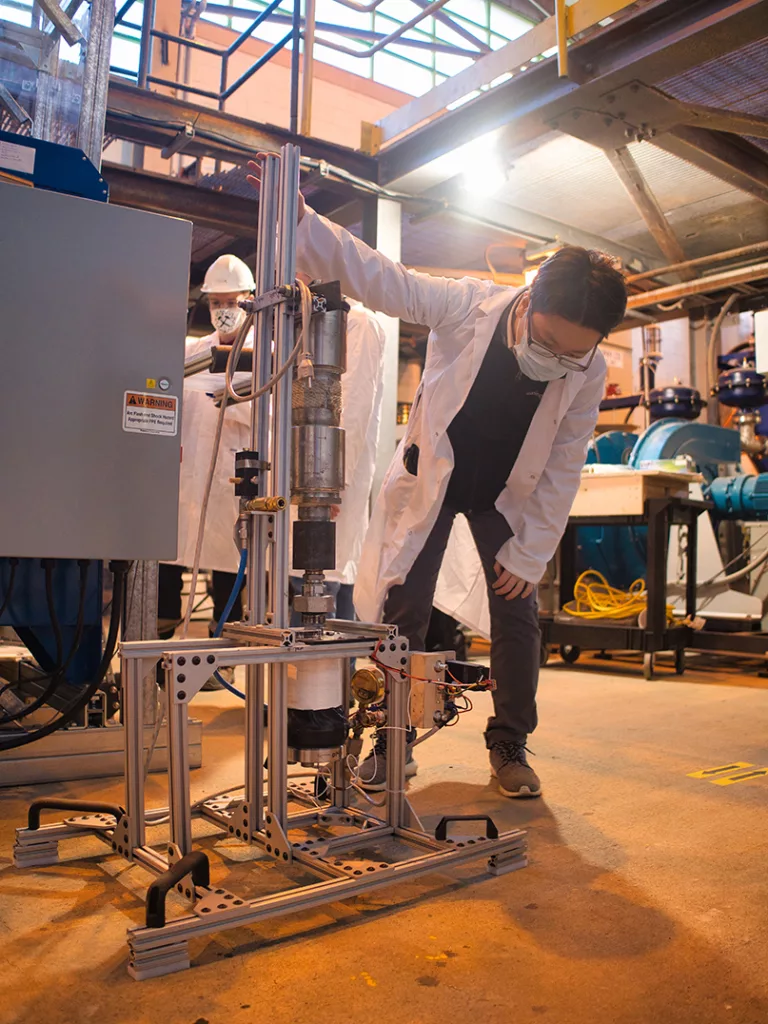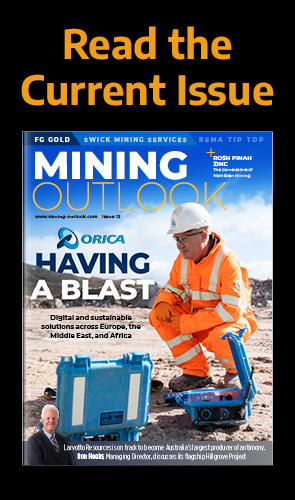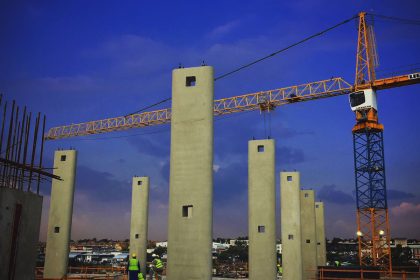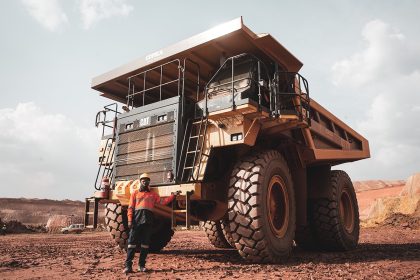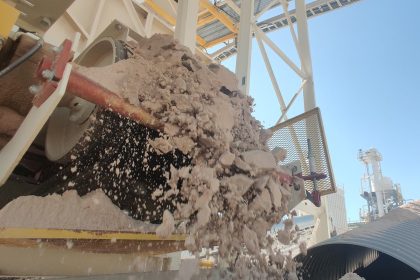INTRODUCTION
“We have now evolved our technology to a point where it’s still in an experimental stage and not yet commercial. However, we are already showing early evidence of energy savings of up to 89 percent, compared to traditional comminution methods currently being used in the mining industry,” shares Malpica.
“The elegance of our solution is that we’re breaking rock from within – that’s the first lever in terms of our competitive advantage in using less energy”
Oscar Malpica, CEO and co-Founder, Rockburst Technologies
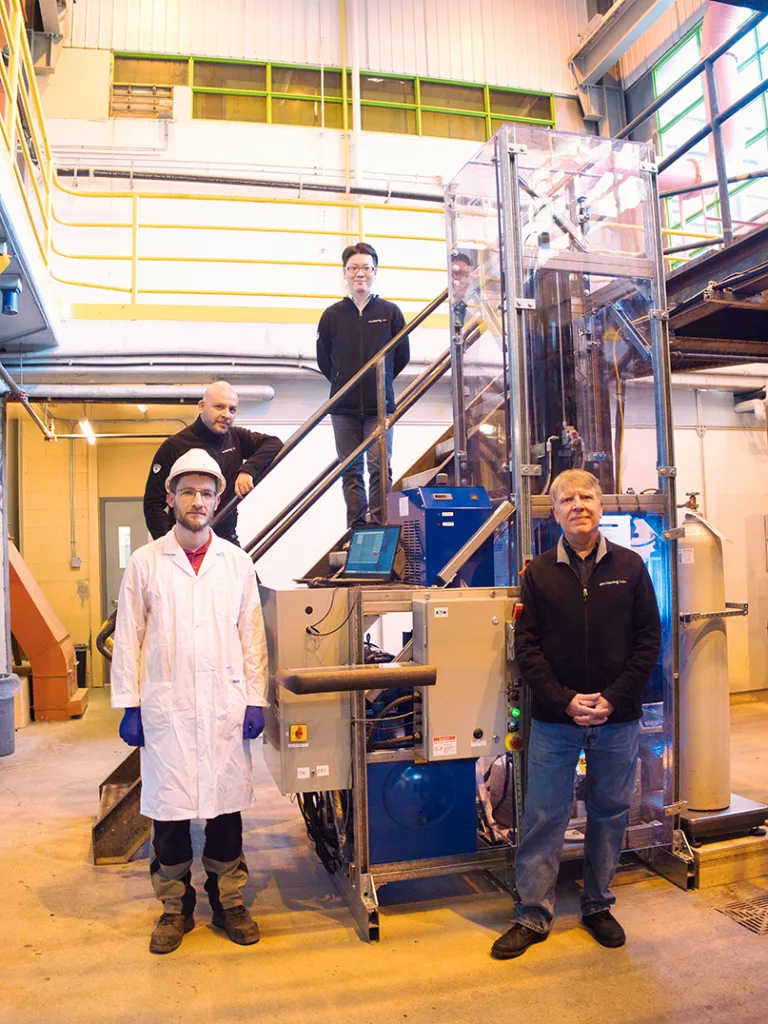
HOW IT WORKS
Rockburst’s flagship comminution process is referred to as transcritical CO2 pulverisation (tCO2) technology. tCO2 promotes tensile breakage by fracturing rock from within, using CO2 as the working fluid to achieve a grinding process within a closed-loop, pressurised vessel. Under certain thermodynamic variations of temperature and pressure, the CO2 penetrates the rock pores and results in tensile pulverisation as the gas expands after it is released.
“We know that rock is 10 times weaker under tension than it is under compression, and that it is simply easier to break rock from within rather than the external forces that the industry exclusively relies on,” Malpica elaborates. “As a result, right off the bat, we’re taking advantage of a lower energy threshold.”
Since the CO2 is used within a closed-loop cycle, tCO2 brings not only energy savings but also “tremendous” decarbonisation potential. A source of major excitement for the Rockburst team was revealed recently in experiments that proved the potential for carbon sequestration in certain ores, accelerating carbon mineralisation as the gas is permanently locked away in waste streams.
The third key advantage of the tCO2 process is how it negates the need for any traditional grinding media, such as steel rods, balls or liners.
“The grinding media used in current comminution needs to be changed every so often, which translates to more operational expenditure. With tCO2 you’re not only saving costs, but also energy, since you no longer need to move those mechanical parts within your process. This also applies to ancillary GHG emissions, as you don’t need to produce the grinding media in the first place,” he explains.
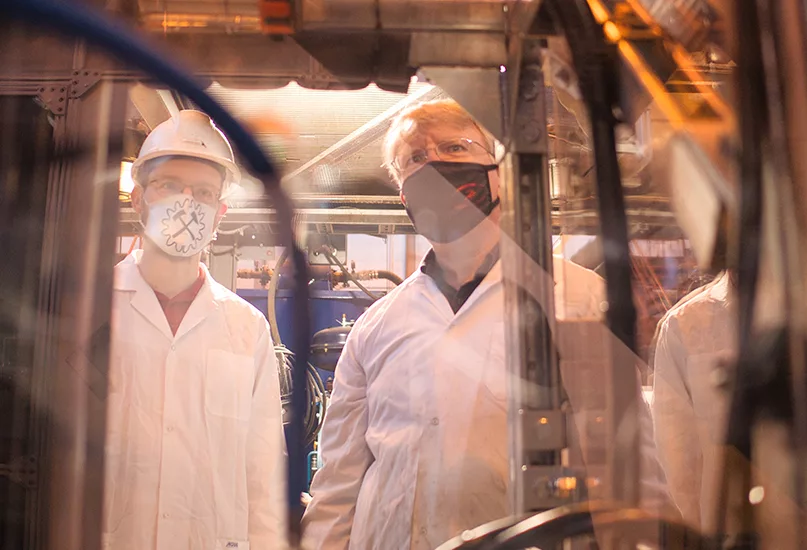
WHAT’S NEXT FOR ROCKBURST?
Looking ahead, Malpica sets out a clear strategy for Rockburst’s ambitions with two key streams defining the future evolution of tCO2.
“Firstly, we are running the experimental stream whereby we are analysing which types of rock are the most susceptible to our technology and under what conditions as we investigate the right parameters of our process.
“The second stream which we are working on in parallel, is the pilot stream. This involves building a demonstration plant where we can work on the engineering involved in scaling this technology to industrial sizes,” he shares.
To achieve this ambition, Rockburst has an ongoing fundraising campaign which aims to raise approximately USD$10 million over the next three years to develop the two streams.
“To build our pilot demonstration plant, we are currently reaching out to large international mining companies that are looking to adopt new technologies,” Malpica tells us.
As a new, breakthrough technology with proven potential and major ambitions, a significant amount of capital is inevitably required if tCO2 is to realise its full effect across the global mining industry. But for Malpica, the outlook is optimistic as all mining players are awakening to the need for environmentally friendly processes.
“Although we’re still in the technology development phase, many mining companies are interested in what’s around the corner in terms of next-generation mining equipment, as the whole world looks towards the race to net zero for 2050,” he says.
“Everyone is trying to figure out ways of decarbonising the industry, but we want to electrify the future – moving from fossil fuels to electrification and clean energies. To do this, you need more minerals, especially copper and lithium, which obviously demands more mining production.
“It’s a total oxymoron if that production simply creates more pollution. To meet the future demands of those industrial processes, you need clean technologies such as ours.”
Watch this space.
Editor’s note: Many of the business leaders featured by Mining Outlook continue sharing their insights on LinkedIn. For CEOs in the sector seeking to strengthen their online presence, visit LinkedIn Profile Optimization
